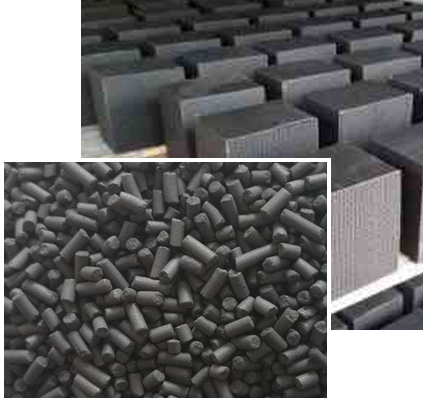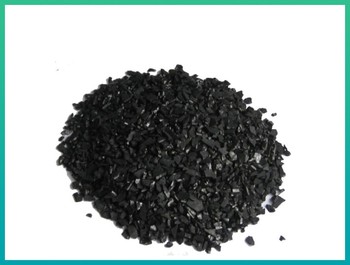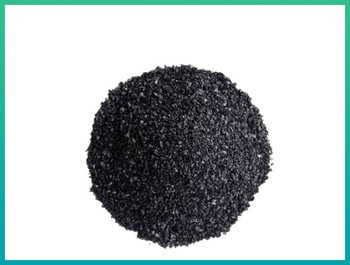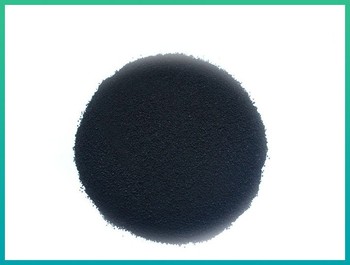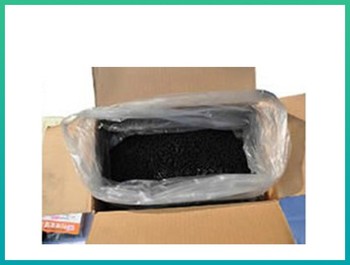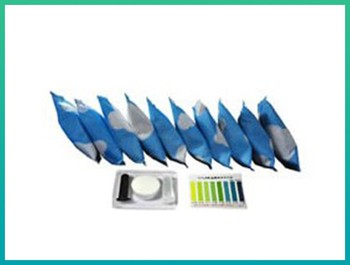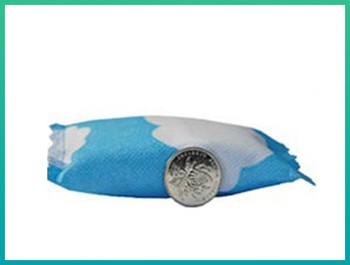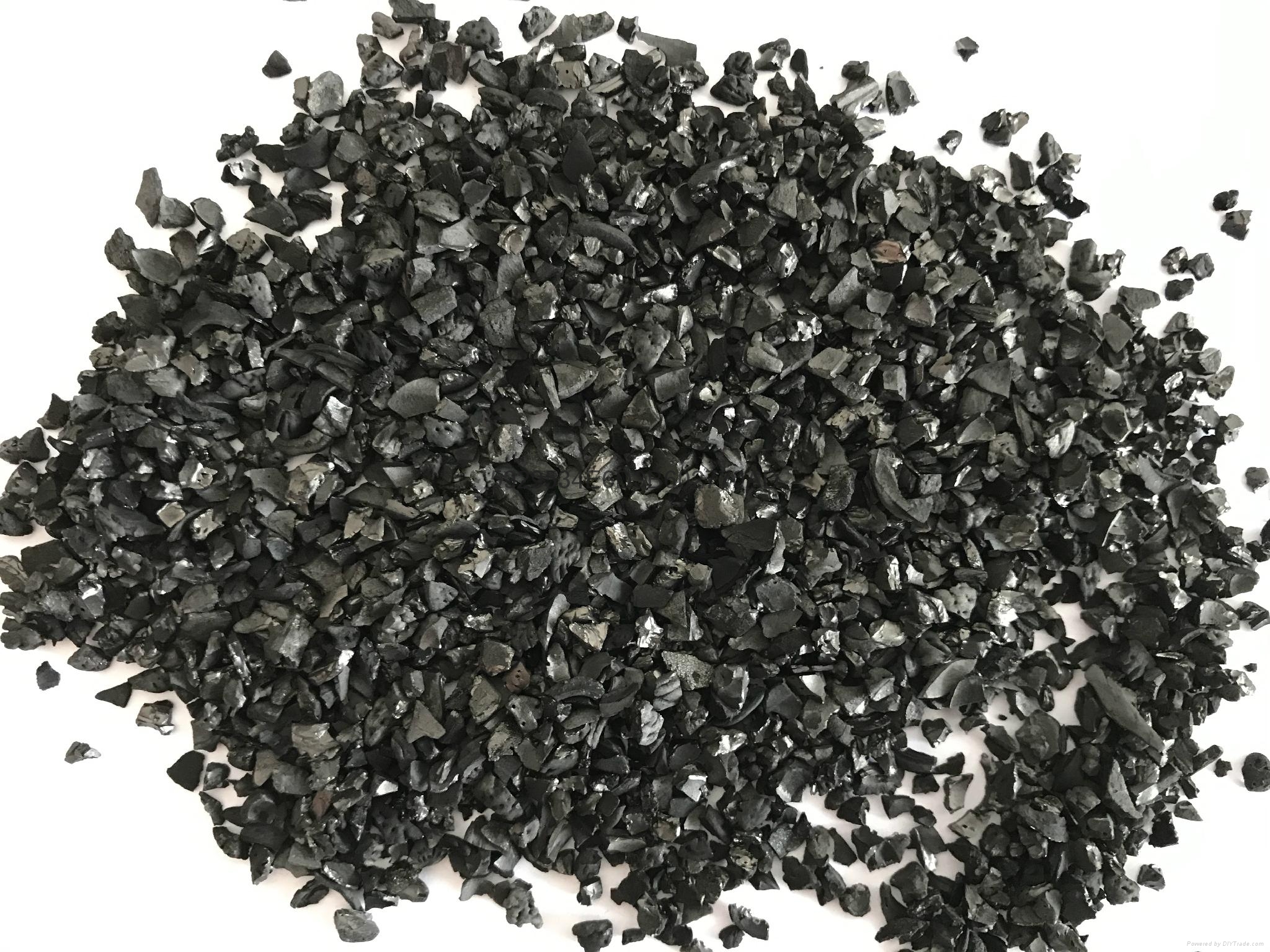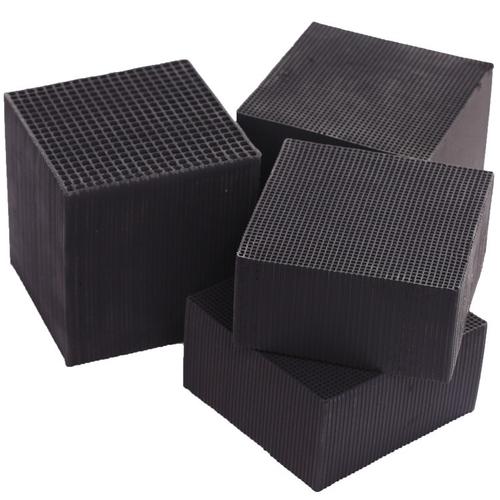Properties of activated carbon
First, the nature of activated carbon1. AdsorptionThe adsorption property is the primary property of activated carbon. Activated carbon has microcrystals that resemble graphite grains but are arranged randomly. During the activation process, pores of different shapes and sizes are generated between microcrystals. Assuming that the pores of activated carbon are cylindrical pores, the radius of the pores can be divided into two categories according to a certain method:(1) According to IUPAC score:Micropore <1.0nmCenter hole 1-25nmLarge hole >25nm.(2) According to habits:Micropore <150nmMiddle hole 150-20000nmLarge hole >20000nm.Because these pores, especially micropores, provide a huge surface area.The pore volume of micropores is generally only 0.25-0.9mL/g, the number of pores is about 1020 /g, and the surface area of all micropores is about 500-1500m2/g, which is usually measured by BET method, and there are also as high as 3500-5000m2/g. Almost 95% or more of the surface area of activated carbon is in micropores, so in addition to some macromolecules can not enter, micropores are an important factor in determining the adsorption performance of activated carbon. The pore volume of the middle hole is generally about 0.02-1.0mL/g, and the surface area can reach several hundred square meters, which is generally only about 5% of the total activated carbon silkworm species. Its function can adsorb steam, and can provide a channel for the adsorption into the micropore, and can directly adsorb larger molecules.The pore volume of large pores is generally about 0.2-0.5mL/g, and the surface area is only about 0.5-2m2/g. One of its functions is to enable adsorbent molecules to quickly penetrate into the smaller pores inside the activated carbon. Second, when the catalyst is used as a catalytic carrier, a small amount of catalyst is often precipitated in micropores, mostly in large and medium pores.The surface area of the activated carbon should include the internal surface area and the external area, in fact, the adsorption properties are mainly from the huge internal surface area, so it can not be mistaken for: grinding the activated carbon will significantly improve the surface area to improve the adsorption force.Many adsorption is reversible physical adsorption, that is, the adsorbed material is a fluid, at a certain temperature and pressure is adsorbed by activated carbon, at high temperature and low pressure adsorbed material and desorption, activated carbon inner surface return to its original state. This is a widely used physical adsorption, also known academically as van der Waals adsorption.2. ChemistryAdsorption of activated carbon in addition to physical adsorption, there are chemical adsorption. The adsorbability of activated carbon depends on both pore structure and chemical composition.Activated carbon not only contains carbon, but also contains a small amount of chemical binding, functional groups of oxygen and hydrogen, such as carbonyl, carboxyl, phenols, lactones, quinones, ethers. Some of the oxides and complexes contained on these surfaces are derived from the derivatives of raw materials, and some are formed by the action of air or water vapor during and after activation. Sometimes surface sulfides and chlorides are also formed. In the activation, the minerals contained in the raw material are concentrated in the activated carbon to become ash, and the main components of ash are alkali metals and alkali earth metal salts, such as carbonate and phosphate.The ash content can be reduced by washing or pickling.The inorganic composition of activated carbon can be seen from the analysis of four kinds of powdered carbon products in Table 3-1. (Schedule omitted)3, catalyticActivated carbon is associated with catalytic abandonment in many adsorption processes, showing the activity of catalyst. For example, activated carbon adsorbs sulfur dioxide by catalytic oxidation into sulfur trioxide.Due to the presence of specific surface oxygen-containing compounds or complexes, activated carbon has catalytic activity for a variety of reactions, such as the formation of phosgene from chlorine and carbon monoxide.Due to the formation of a complex between activated carbon and the carrier, this complex catalyst greatly increases the catalytic activity, such as palladium salt-holding activated carbon, even if there is no copper salt catalyst, the oxidation reaction of olefin can be catalyzed, and the speed is fast and the selectivity is high.Activated carbon can be used as catalyst carrier because of its well-developed porous structure, huge internal surface area and good heat resistance, acid resistance and alkaline resistance. For example, in the hydrogenation, dehydrogenation cyclation, isomerization and other reactions in organic chemistry, activated carbon is an excellent carrier of platinum and palladium catalysts.4. MechanicalThe following items represent the mechanical properties of activated carbon, which are valued by activated carbon users, especially by a large number of industrial users.(1) Particle size: Using a standard screening method to find the weight of activated carbon left in and through each sieve, indicating the particle size distribution.(2) Static density or pile density: the weight of activated carbon per unit volume of dietary pore volume and intergranular void volume.(3) Bulk density and particle density: the weight of activated carbon per unit volume of the pore volume without the void volume between the particles.(4) Strength: the crushing resistance of activated carbon.(5) Wear resistance: that is, wear resistance or anti-friction performance.These mechanical properties directly affect applications, for example: density affects container size; The thickness of powdered carbon affects the filtration; The distribution of carbon particle size affects the fluid resistance and pressure drop. Fragmentation affects service life and waste carbon regeneration.



